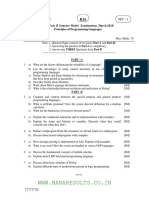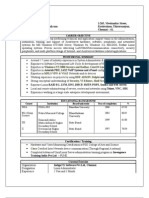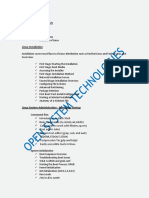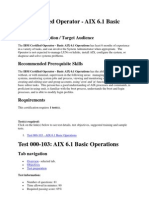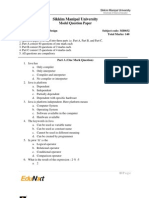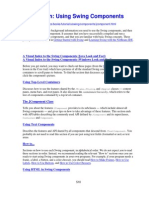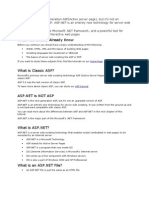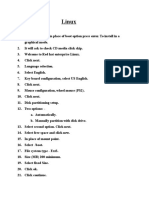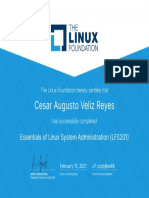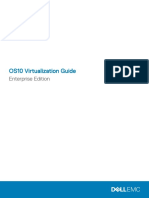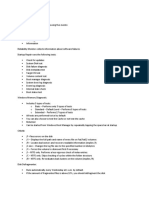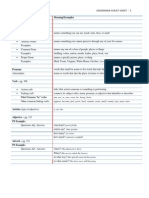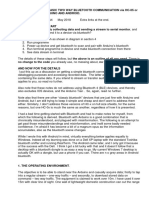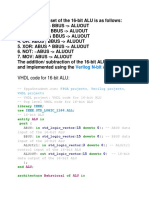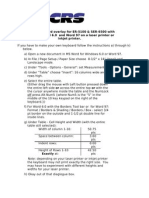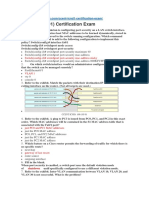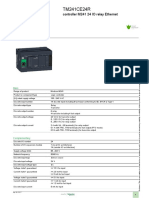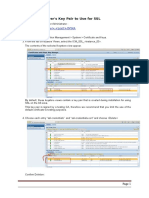0% found this document useful (0 votes)
215 views150 pagesLinux Certification Essentials
The document provides an introduction to the LFCS (Linux Foundation Certified SysAdmin) certification and the Red Hat RHCSA certification. It discusses the Linux Foundation which founded the LFCS exam. The LFCS exam is a live 2 hour exam taken on CentOS 7, openSUSE 13.1 or Ubuntu 14.04. It also discusses the lab environment used, which includes CentOS 7 installed in VirtualBox. The course modules are then outlined which cover topics like Linux essentials, file systems, networking and more. Finally it discusses that students will learn through both slide demonstrations and hands-on practice in the labs.
Uploaded by
Jaja JajagfCopyright
© © All Rights Reserved
We take content rights seriously. If you suspect this is your content, claim it here.
Available Formats
Download as PDF, TXT or read online on Scribd
0% found this document useful (0 votes)
215 views150 pagesLinux Certification Essentials
The document provides an introduction to the LFCS (Linux Foundation Certified SysAdmin) certification and the Red Hat RHCSA certification. It discusses the Linux Foundation which founded the LFCS exam. The LFCS exam is a live 2 hour exam taken on CentOS 7, openSUSE 13.1 or Ubuntu 14.04. It also discusses the lab environment used, which includes CentOS 7 installed in VirtualBox. The course modules are then outlined which cover topics like Linux essentials, file systems, networking and more. Finally it discusses that students will learn through both slide demonstrations and hands-on practice in the labs.
Uploaded by
Jaja JajagfCopyright
© © All Rights Reserved
We take content rights seriously. If you suspect this is your content, claim it here.
Available Formats
Download as PDF, TXT or read online on Scribd
/ 150






